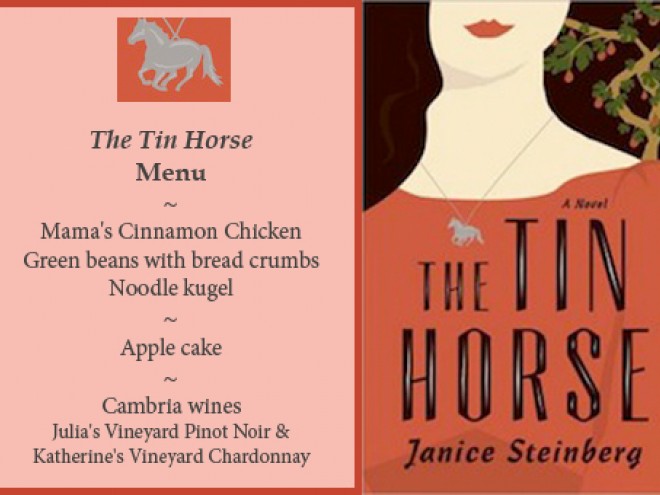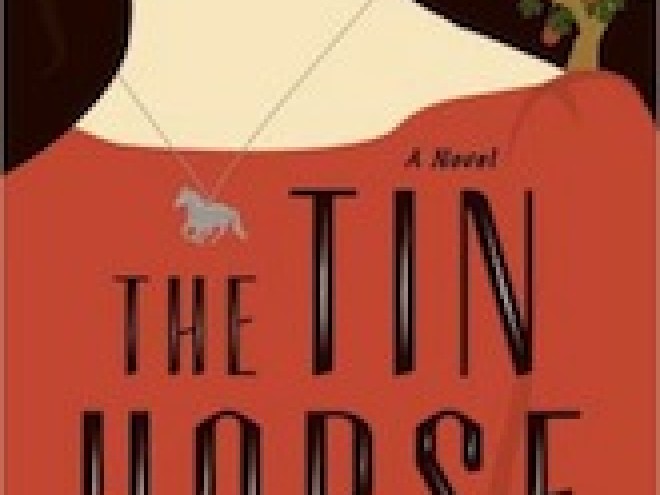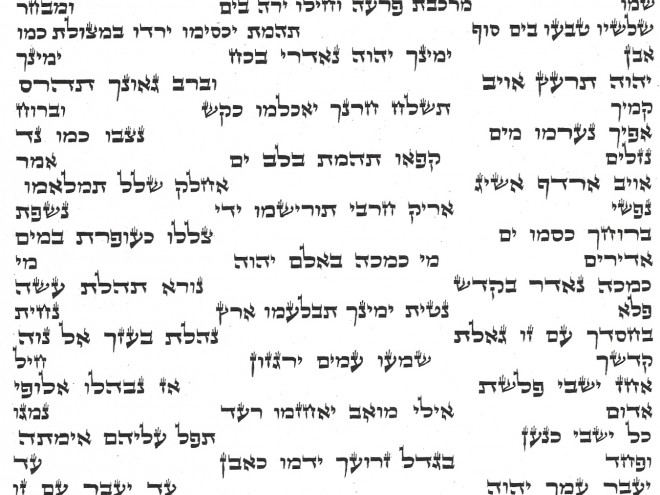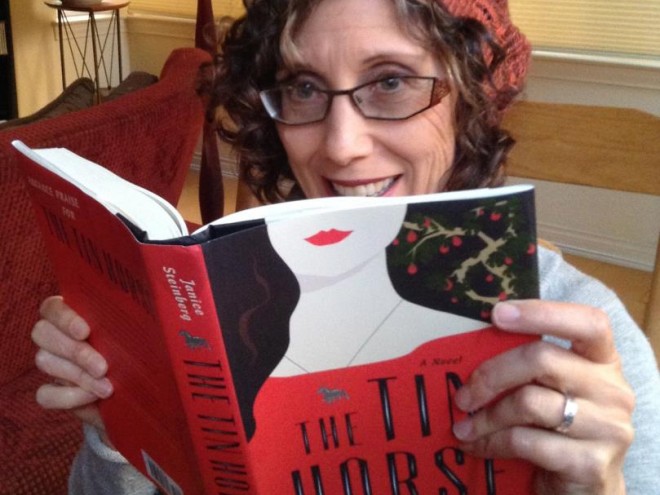This beautifully written novel, spanning from the 1920s to the present day, tells the story of several generations of a large Jewish family in California. The narrative alternates between the current life of Elaine Greenstein, who is now in her 80’s, and her past, beginning with her childhood in a suburb of Los Angeles. Elaine’s twin, Barbara, is her best friend and foe. Opposite in temperament, Barbara is the vainer, fun seeking, impulsive sister, while Elaine is more serious, brainy, and mindful. We read about close yet complicated relationships between children, parents, and grandparents, aunts, and nieces. We learn about the hardships of life in the old country and immigration to America. We discover that some family stories are often told while others are kept hidden. The twins vie for their mother’s love and for a neighborhood boy. When Barbara goes missing at age eighteen, this tale evolves into a mystery whose solution can only be partially solved at the end. The author explores what it takes to fulfill one’s personal vision and describes how it feels to look back on a long life’s experiences. Steinberg paints the locales vividly and the story and dialogue flow well. This interesting and easy read opens up a view on Jewish life in California before and after World War II.
Miriam Bradman Abrahams, mom, grandmom, avid reader, sometime writer, born in Havana, raised in Brooklyn, residing in Long Beach on Long Island. Longtime former One Region One Book chair and JBC liaison for Nassau Hadassah, currently presenting Incident at San Miguel with author AJ Sidransky who wrote the historical fiction based on her Cuban Jewish refugee family’s experiences during the revolution. Fluent in Spanish and Hebrew, certified hatha yoga instructor.





